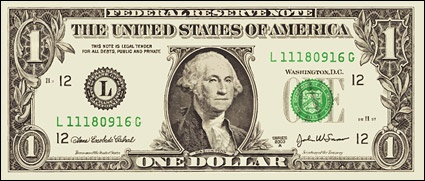Division in the Fed
Evidence of the division between those in the Fed who want tighter money and the Keynesians on the FOMC who want easy money to continue has just appeared. The vice president of the St. Louis Federal Reserve District Bank, Stephen D. Williamson, has published a white paper saying there is no evidence that Quantitative Easing (QE) has done anything to stimulate the economy.
The white paper reviews a number of papers collected in the book Current Federal Reserve Policy Under the Lens of Economic History, edited by Owen Humpage. Many of these papers reviewed the history of central banking, and in particular the actions of the Federal Reserve during and after the 2007-2008 financial crisis, the “Great Recession”. Williamson does acknowledge,
One could argue that the Great Recession was not Great-Depression-order- of-magnitude primarily because the people making decisions in the Federal Reserve System – Ben Bernanke among them – were such avid students of the Great Depression. The lessons of economic history, filtered through the work of Michael Bordo and other macroeconomic historians, helped to assure that the Fed’s Great Depression errors were not repeated.
After the immediate responses to the crisis, however, the essays become much less complimentary. Of particular interest is section 4 of Williamson’s white paper, entitled Unconventional Monetary Policy After the Great Recession. In this section Williamson states
There is no way, for example, to determine whether asset prices move in response to a QE announcement simply because of a signaling effect, whereby QE matters not because of the direct effects of the asset swaps, but because it provides information about future central bank actions with respect to the policy interest rate. Further there is no work, to my knowledge, that establishes a link from QE to the ultimate goals of the Fed – inflation and real economic activity.
The emphasis in this quote is mine. This last sentence in the quote is – or should be – a real shocker. If true it means that the QE experiment was an exercise in futility. And what have we bought for that futility? We have acquired stock market asset inflation, further encouragement for federal deficit spending by Fed purchase of treasury bonds, and increasingly the inflation of a new real estate bubble!
Views: 1,973





























